Saturday 9th March - Dunedin
What a lovely day. We saw albatross, seals, sea lions and New Zealand’s only castle!
We went to the Royal Albatross Centre out at Pukekura Head. First we had a short talk followed by a video then we walked up the hill to the observatory where we were able to watch albatross soaring on the wind and we also saw a parent sitting on its month old chick. Parents sit on their babies (literally) for about the first month of their life then they both leave it to go and find food for it. The young albatross stays on the ground until it is about 8 months old and relies on its parents to bring it food all that time. When the chick first hatches it weighs about 300 grams and will weigh about 8 kgs when it finally takes off. It will then take off and fly probably to Chile where it will live until it is about 5 or 6 when it will return to NZ and find a mate - albatross are monogamous though they only meet up at breeding time! They only breed every two years as they lose so much weight feeding a hungry chick for 8 months! Albatross live on the wing and only land for breeding. They have a 3 metre wing span and are gliders and soarers as their wings are too heavy to flap! By using a locking mechanism on their wings they can rest and sleep in the air meaning they don’t have to land. There are 22 species of albatross and 18 of those species are threatened with extinction.
After our wonderful tour we headed to Allan’s Beach where seals and sea lions come up for a rest. It was a beautiful beach, what beach in NZ isn’t beautiful, and we saw both a seal and a sea lion lazing there. The sea lion was huge and had dug itself a nest in the sand. I felt really lucky to have seen them.
On our way away from the beach Richard suddenly saw a couple of seals so stopped for a chat with one of them!
Our last port of call was Lanarch Castle, New Zealand’s only castle, but not what we Brits would call a castle! It was built in 1870 by William Lanarch, who was an Australian banker who went to Dunedin lured by the tide of wealth which followed the gold rush. William lived at the castle with three successive wives until he took his own life in New Zealand’s Houses of Parliament. His children sold the castle which then changed hands several times before being bought by Barry and Margaret Barker in 1967. The castle was almost in ruins by then and the gardens over run. The Ballroom was being used to pen sheep and the roof was leaking badly but gradually they managed to restore both the house and garden and it is now run by Margaret’s son, Norcombe. There are only three bedrooms in the house so really was little more than a family house but built like a castle. It was certainly intriguing and the gardens lovely and we really enjoyed our visit.
While we were at Lanarch Castle I found a few dates in New Zealand’s history which might interest you.
C800 AD - the Māori settle in New Zealand
1642 - New Zealand first sighted by a European, the Dutch navigator Abel Tasman
1814 - first Europeans born in New Zealand
1840 - Treaty of Waitangi signed between the British Crown and Māori Chiefs
1848 - immigrant ships arrive at Port Chalmers carrying Dunedin settlers
1861 - significant gold deposits are discovered in Otago (the region around Dunedin).
Sunday 10th March - Dunedin
We caught the bus into Dunedin at 10am, it went from outside the campsite. We arrived into, what is known as, the Octagon, the city centre. We decided to walk to the water front but stopped off at the Toitu Otago Settlers Museum for a wander round. The city of Dunedin was established in 1848 by the Lay Association of the Free Church of Scotland and the name Dunedin comes from Dun Eideann, the Scottish Gaelic name for Edinburgh. When the gold rush of the 1860s caused Dunedin’s population and wealth to increase dramatically, it was, for several years, New Zealand’s largest and most prosperous city. The museum showed exhibits of how the settlers lived onboard ships right up to exhibits of the first PC!
Round the corner from the museum was the Chinese Garden which commemorates the contribution Chinese people made to Dunedin’s history, culture and ongoing prosperity. Chinese miners were invited to Otago in 1865 to solve a labour crisis in its goldfields. They also proved very adept at reworking old ground, finding plenty of gold from areas abandoned by earlier miners. By the 1880s, as gold returns went into decline, the Chinese started market gardens, fruit shops and laundries. One fact learnt from the garden was that it was a catastrophe for a Chinese miner to die away from China as Chinese mourning customs required internment on home soil where family members could tend their graves otherwise the deceased would be left to wander in the afterlife as “hungry ghosts”. This gave rise to communal fundraising to exhume bodies and return them to China. There were three mass exhumations, but the last and largest in 1900 of 499 bodies was sent on the SS Ventnor. Tragically the boat was wrecked on the Northland coast and all the bodies were lost at sea. The Garden is a peaceful little paradise in the middle of city.
After the Chinese Garden we took a short 1 hour bus trip to see a couple of Dunedin sights. Our first stop was Baldwin Street, the steepest street in the World. I had read that a town in Wales had disputed this, but our guide said it was San Francisco. Whichever Baldwin Street is now the Guinness Book of Records steepest street at 1:2.86. Our second stop was Signal Hill, a 1289 foot hill, where everyone took photos!
Back in Dunedin we decided to find somewhere for lunch and wandered back towards the Octagon where, we had been reliably informed, we would find all sorts of restaurants. I can only think that the guy from the tourist information point was a stranger in town as there are hardly any restaurants in that area and those that were there were closed as it was Sunday. Eventually I asked Google to find me a restaurant and it found Amigos, a rather quirky Mexican restaurant down a side street which we would never have looked down. We had a very nice lunch.
We took an Uber back to the campsite and collapsed!
Oh, and by the way, we never did find the water front and we aren’t too sure if there is one as we know them.
Monday 11th March - Omarama
We set off to Oamaru but stopped at Moeraki Boulders Beach to see the spherical boulders. These are really strange, just a few half ball-like boulders sticking out of the sand. The way they have weathered they look a bit like giant tortoises! Scientists explain the boulders as calcite concretions formed about 65 million years ago! Fossilised clay and mud are found in the centre, around which sediments such as calcite have accumulated. One layer at a time the boulders grew larger over the years.
We drove on to Oamaru. It was a very grey day and not the most inspiring of landscapes along the way. There was plenty of parking so we had lunch and then went to the steampunk exhibition. We had no idea what we were going to see and all I can describe it as is abstract, largely nonsense but fascinating! I think you will see from the photos what I mean. I found on the internet that an author back in 1987 created the term to describe a style of fantasy fiction that featured Victorian technology, especially technology powered by steam. The exhibits were certainly weird but the best one was a light show all done by using mirrors.
Oamaru is also well know for it’s Victorian precinct so we walked down it and it has been kept nicely. I didn’t take any photos as there were modern day cars parked along the street which rather spoilt the effect. Also coming from the UK it wasn’t very special for me.
We drove to Omarama passing the Waitaki Dam which was the last dam to be built by pick, shovel and wheelbarrow back in 1928. At its peak 1200 men laboured in often dangerous and freezing conditions. 350 houses and 700 huts sheltered them from the extremes of the North Otago winters. The dam is 48 metres high and 542 metres long. We noticed that there were another two dams and I’ve discovered that they are Benmore and Aviemore Dams. The Waitaki River runs through the three lakes which have been formed by the dams.
When we got to Omarama the sun was shining and once we had made camp we were able to sit out with a glass (or two) or wine.











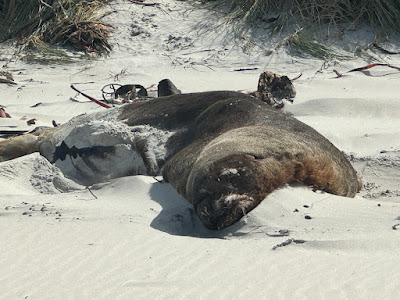

















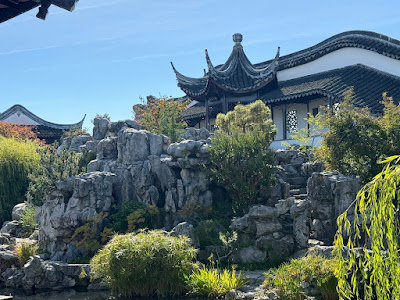

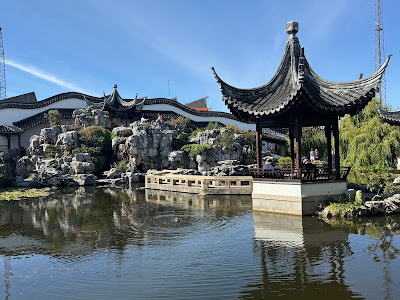

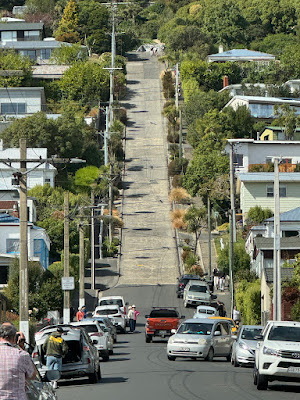









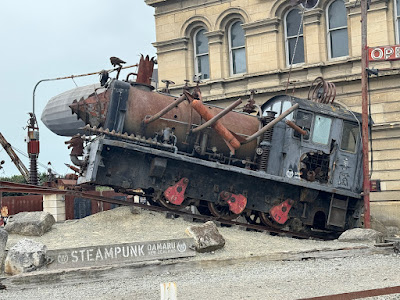


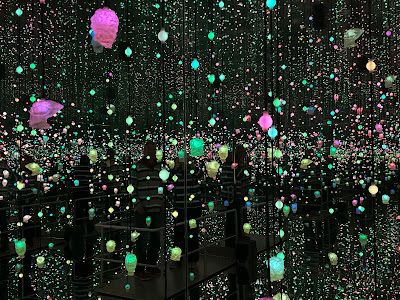



No comments:
Post a Comment